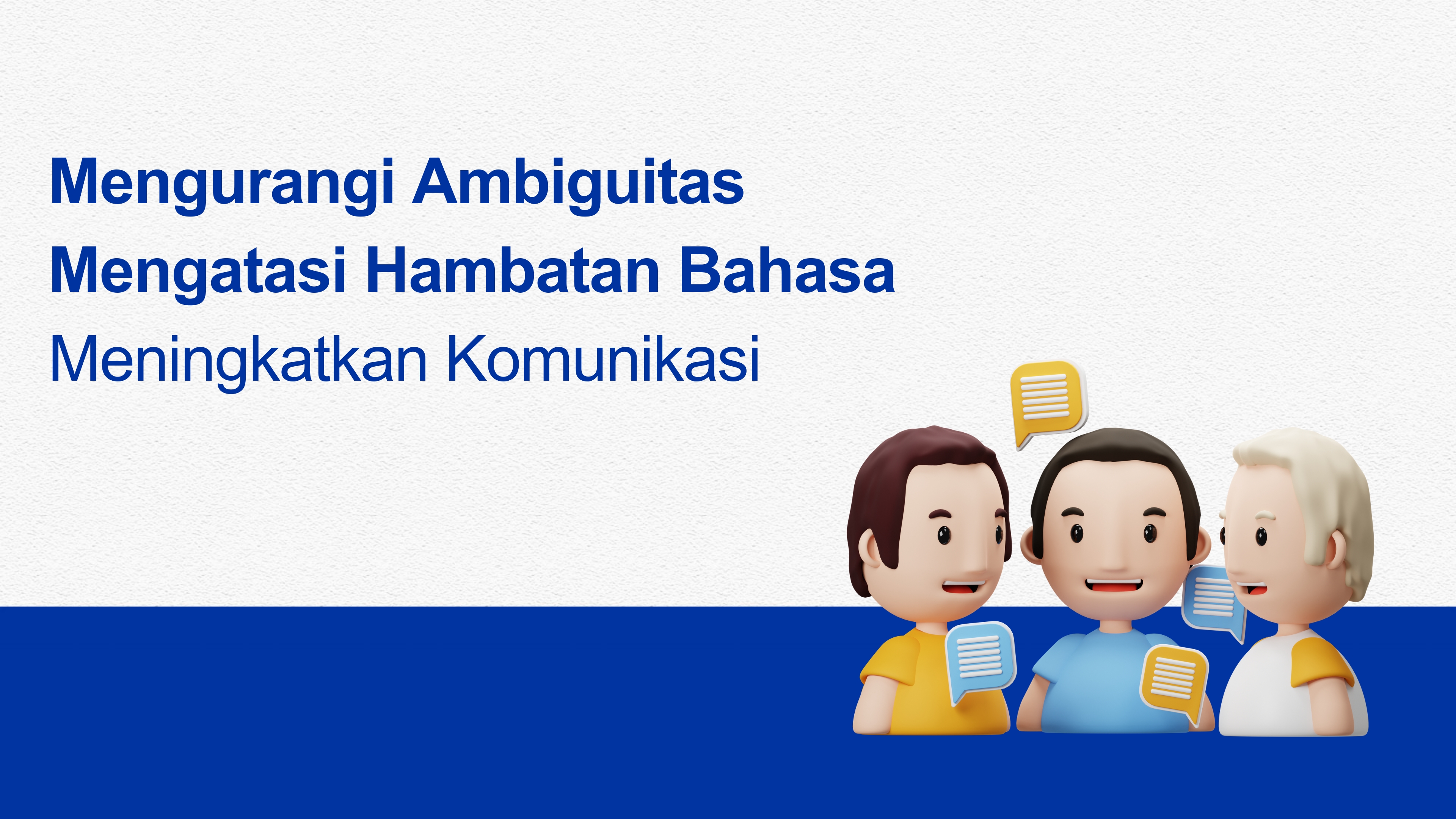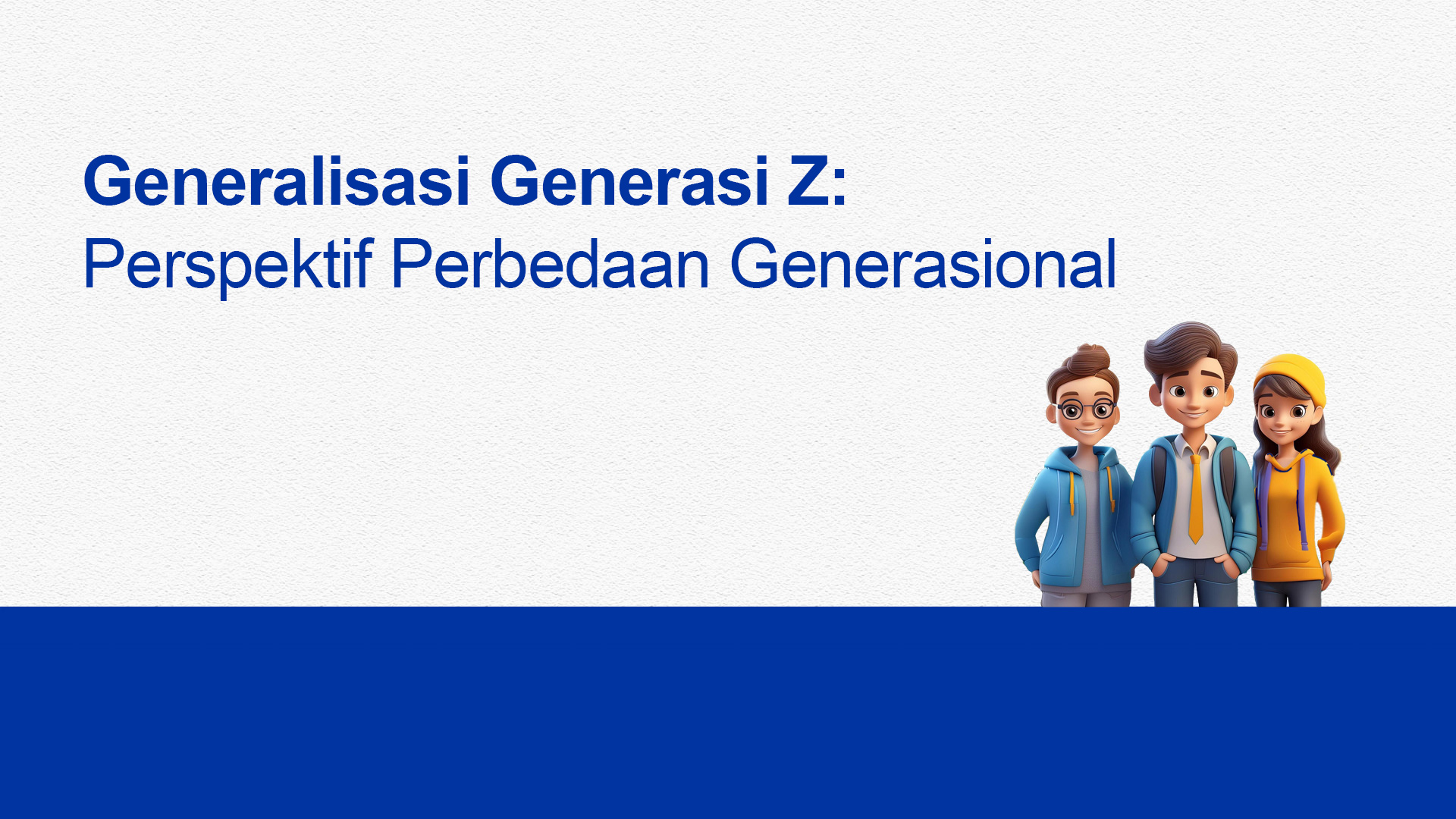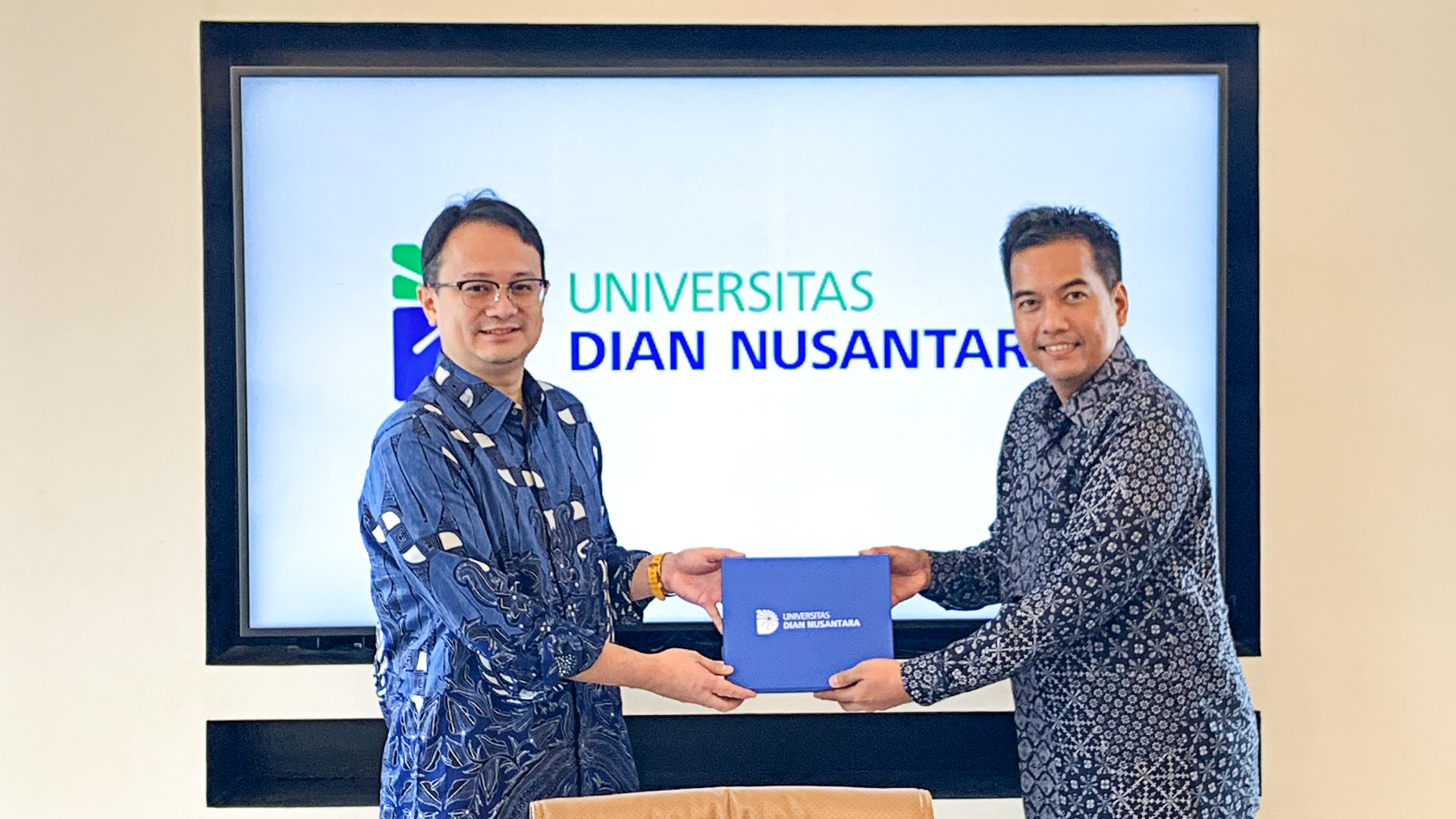Reducing Ambiguity, Overcoming Language Barriers, and Enhancing Communication Behavior

As many have recognized, communication plays a crucial role in the continuity of various life activities. This is due to the social nature of humans, who achieve their goals through collaboration, one of which is through communication. Though often overlooked in daily life, communication and actions are intertwined and can be determinants of success.
Language is a fundamental basis for creating cohesive communication. Through language, the sender of a message can systematically organize ideas so that the receiver can more easily interpret and understand the intended meaning of the conveyed information. However, ambiguity can still arise in certain contexts. Differences in cultural and linguistic backgrounds among speakers often contribute to misunderstandings in interaction.
In the context of cross-language communication, distortions or disruptions in the understanding of messages by the listener frequently occur. Several factors contribute to this, including:
-
Language Limitations: Differences in language comprehension and usage between the sender and receiver can lead to misinterpretation.
-
Cultural Differences: Variations in values, norms, and cultural practices can influence the interpretation of messages.
-
Differences in Context and Experience: Divergent backgrounds, experiences, and knowledge between the sender and receiver can also affect how messages are interpreted.
-
Technological Limitations: In digital communication, technical issues such as unstable internet connections or poor audio quality can disrupt message delivery. Additionally, the limitations of translation machines—especially when translating kanji, hangul, or Mandarin characters with diverse meanings due to slight differences in writing—are also significant factors in cross-language communication disruptions.
Beyond the external obstacles mentioned earlier, individual activities can also affect a person's cognitive ability to effectively form communication flows. According to research conducted by Kornelia Johana Dacosta, M.Ikom., and Dr. Ida Royani Damayanti, lecturers at the Communication Studies Program of UNDIRA, cross-cultural communication barriers are significantly influenced by differences in language and culture among the participants.
In the context of communication, individuals employ various techniques and considerations, which in turn affect their fluency in communicating with one another. Moreover, psychological factors can play a vital role in an individual's communication behavior. According to B.F. Skinner's (1938) theories, how a person expresses themselves is influenced by their response to certain stimuli. In this observation, behavior can be classified into two main categories: Overt Behavior and Inert Behavior. These two types of behavior have a significant impact on an individual's motivation to communicate.
In cross-cultural communication contexts, psychological backgrounds and differences in nationality can affect an individual's confidence, especially among Foreign Nationals (WNA) in Indonesia. To address this issue, several strategies can be implemented:
-
Reducing Confirmation Bias: Efforts to minimize confirmation bias will help eliminate negative perceptions that may arise when attempting to communicate in different languages and cultures.
-
Enhancing Language Proficiency: Actively practicing the target language, including mastering specific accents and dialects, is highly recommended.
-
Cultivating Mindfulness: Developing awareness of public interactions and being open to various forms of social interaction—both formal and informal—is essential.
Thus, an individual's adaptability becomes the key to establishing effective communication among people with diverse cultural backgrounds and nationalities. It is hoped that newcomers will be willing to learn about the local culture to gain a better understanding of the country’s context and social dynamics. This learning process will not only provide insights into how members of the society communicate but also serve to reduce ambiguity in verbal interactions. This becomes increasingly relevant in the era of globalization and Industry 5.0, where opportunities for cross-country collaboration are more open than ever.
Universitas Dian Nusantara (UNDIRA) is an educational institution focused on research in various fields, including social sciences and professional communication. With a commitment to upholding the values of learning and collaboration in developing communication strategies, UNDIRA offers students of the Communication Studies Department the opportunity to study various aspects of communication holistically. This goal supports the creation of harmonious and cooperative relationships among ethnicities, races, and nations.
(Sekar Ayu Putri / Humas UNDIRA)
Press Contact :
Biro Humas & Sekretariat Universitas Dian Nusantara
Facebook : www.facebook.com/undiraofficial
Instagram : www.instagram.com/undiraofficial
Twitter : www.twitter.com/undiraofficial
www.undira.ac.id

Campus Tanjung Duren
Jln. Tanjung Duren Barat II No. 1
Grogol, Jakarta Barat. 11470
Campus Green Ville
JIn. Mangga XIV No. 3
Campus Cibubur
Jln. Rawa Dolar 65
Jatiranggon Kec. Jatisampurna, Bekasi. 17432



.jpg)






